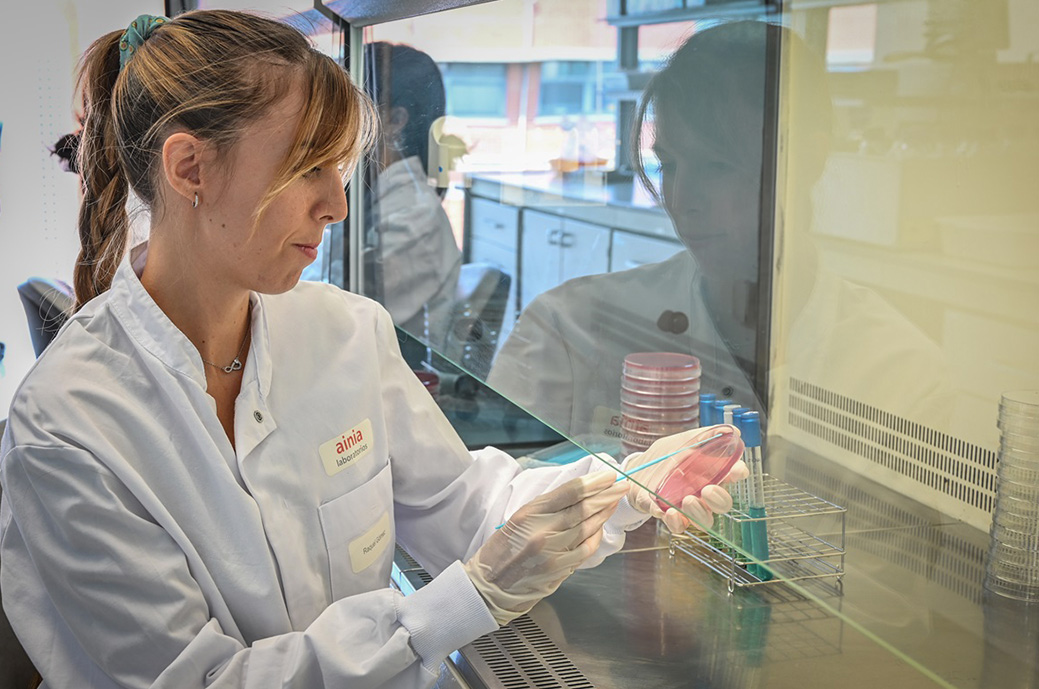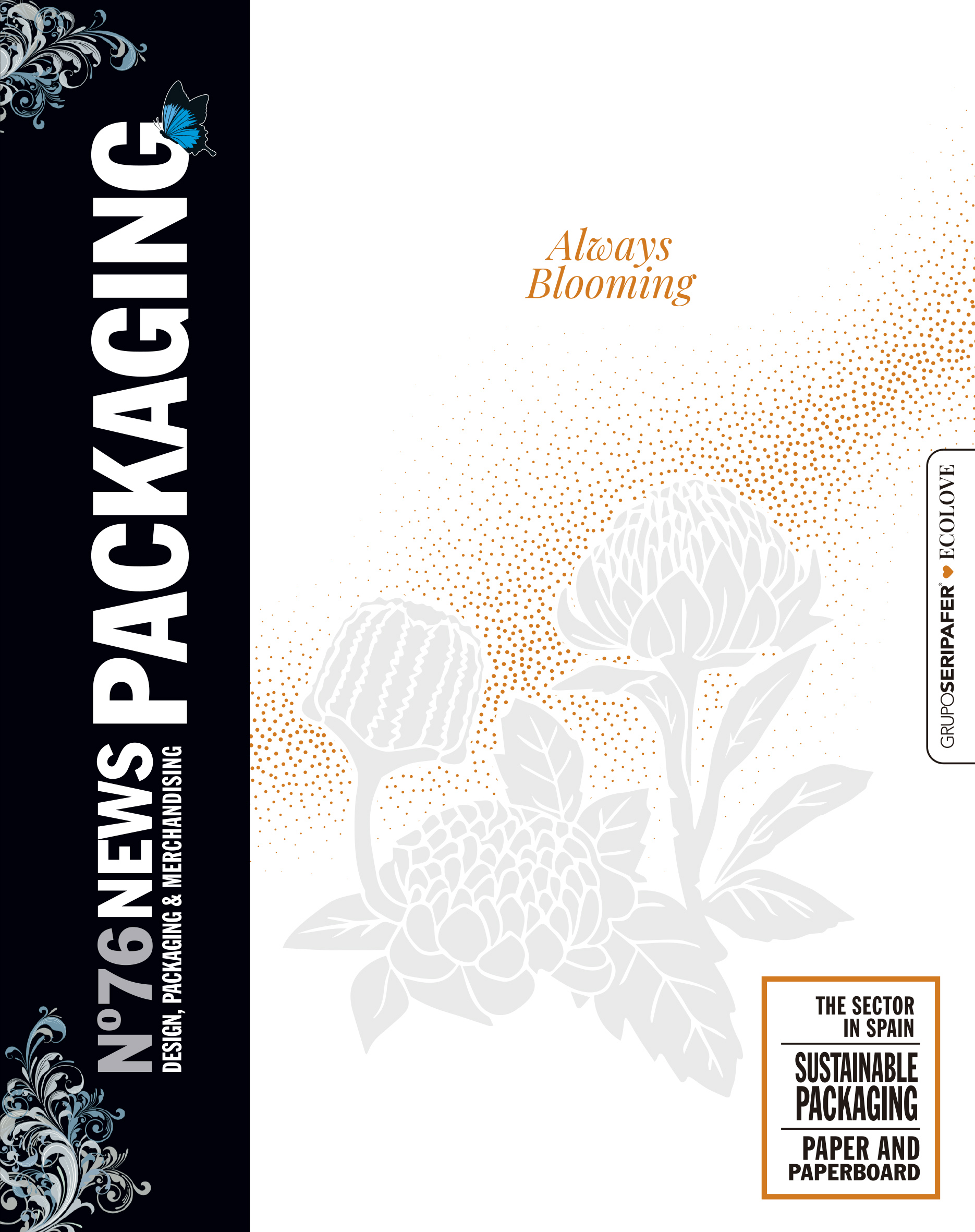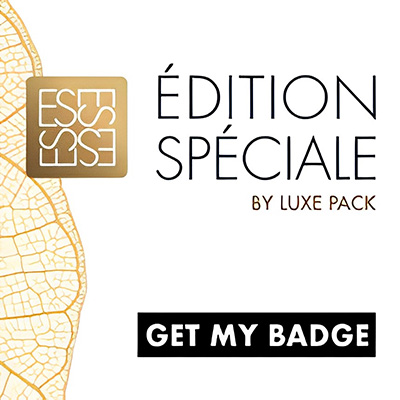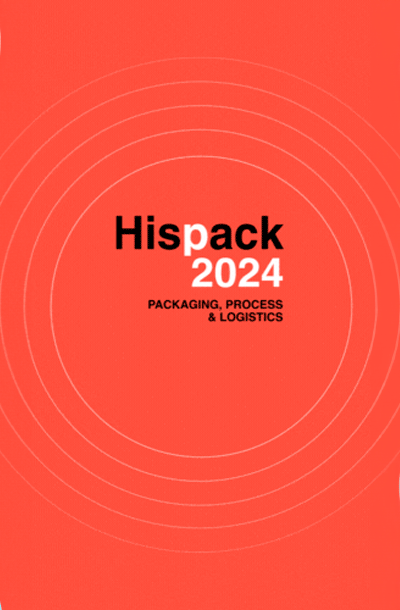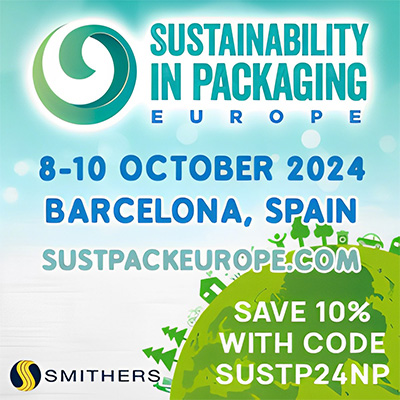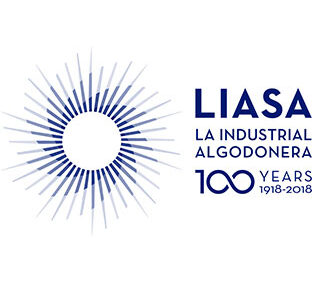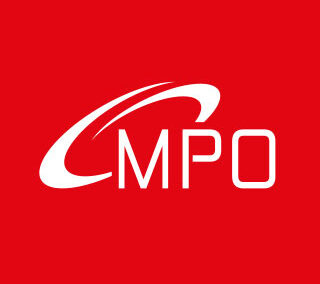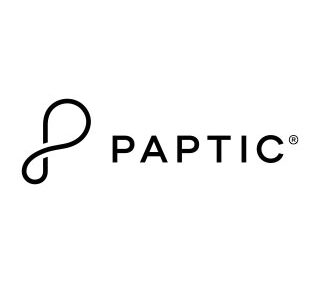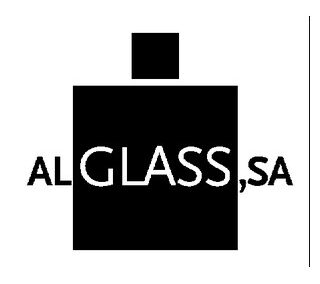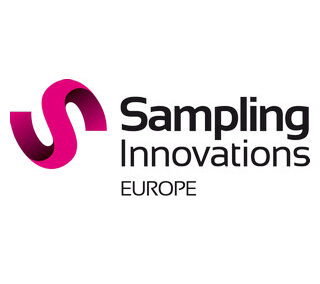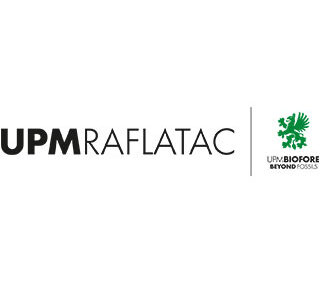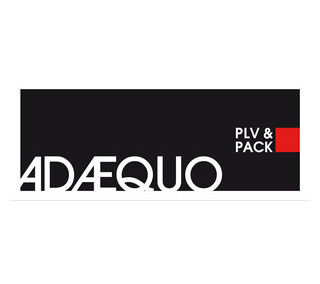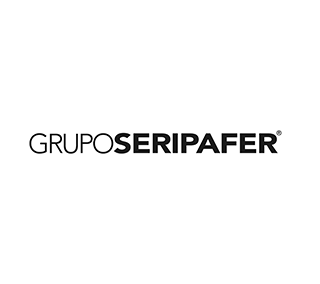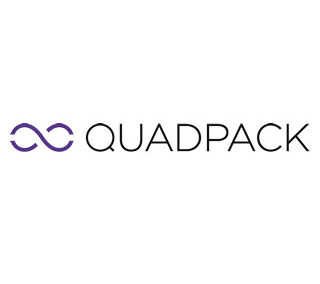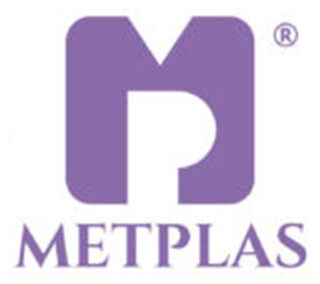The controlled and directed release of active ingredients is a field of continuous research, which has been studied for decades due to the great interest it arouses in industries such as cosmetics, pharmaceuticals and food. Within the framework of MAREA II project, AINIA is studying materials of natural origin, for use in the cosmetic sector, that allow active ingredients to be encapsulated in a more effective way.
This project, supported by the Valencian Institute of Business Competitiveness (IVACE) and FEDER funds, is the continuity of the MAREA project, and will complement the work previously developed on encapsulation materials of polymeric origin, with biodegradability and biocompatibility properties. In this project, encapsulation materials of natural origin and the most appropriate encapsulation processes depending on the nature of the active ingredient will be investigated in greater depth, taking into account that the processes must be easily scalable at an industrial level.
More effective systems through genetic engineering and bioprinting
With the aim of achieving more effective delivery systems directed at target skin cells, peptides with penetrating capacity will be synthesized through genetic engineering tools. Furthermore, in order to evaluate the effectiveness of the different active compounds encapsulated in the selected materials, a model will be available that realistically reproduces the physiological conditions of human skin. To do this, research will be done with 3D cell models, using bioprinting technology, so that improved models are obtained compared to traditional 2D ones.
These 3D models allow better nutrient/oxygen exchange, recreation of the three-dimensional environment and cell-matrix interaction, obtaining more reliable results in the evaluation of encapsulated compounds for cosmetic use.
New formulations with microencapsulated ingredients of natural origin
The cosmetic industry is in a continuous process of innovation to adapt its formulations and offer new products, whose ingredients are of natural origin, that comply with regulatory and legal requirements and that present improved and tested effectiveness.
For the active ingredients of interest in cosmetic formulations to perform their function, it is necessary that they reach their destination (the target cells of interest) stable, without having suffered degradation and in sufficient quantity to perform their function. One of the solutions is based on generating targeted release systems, in which the active ingredients are encapsulated with materials that provide protection and allow release in the desired location.

